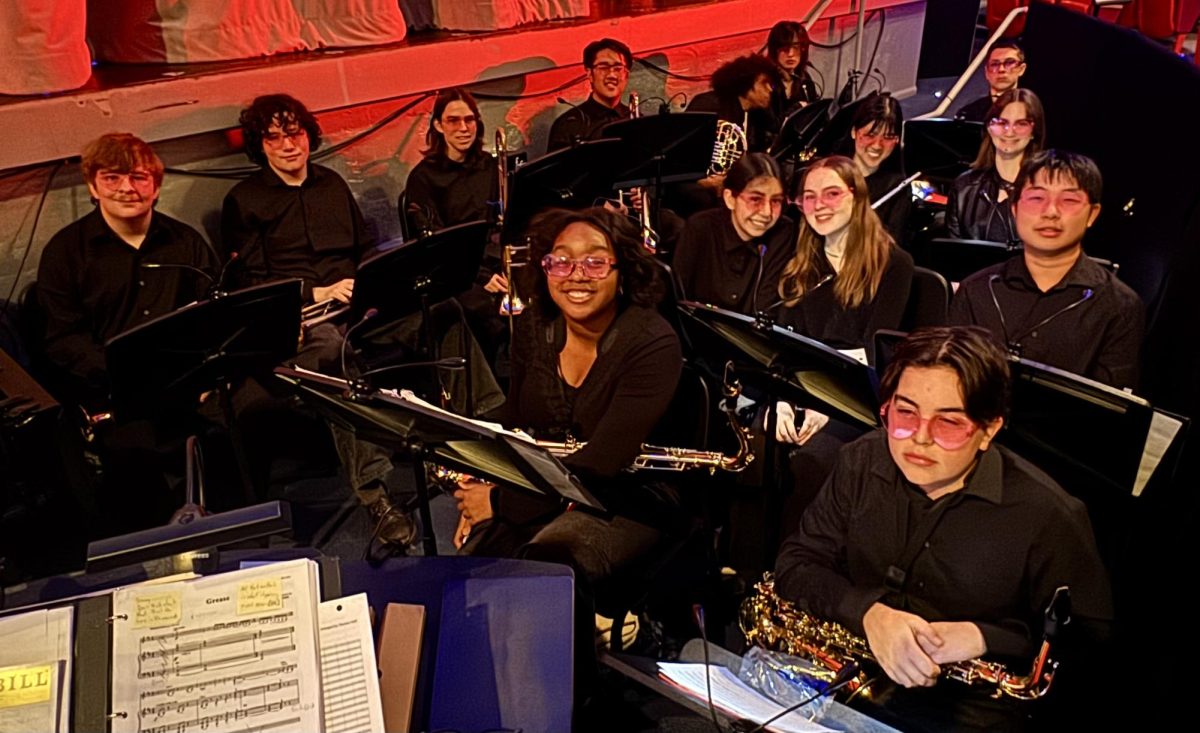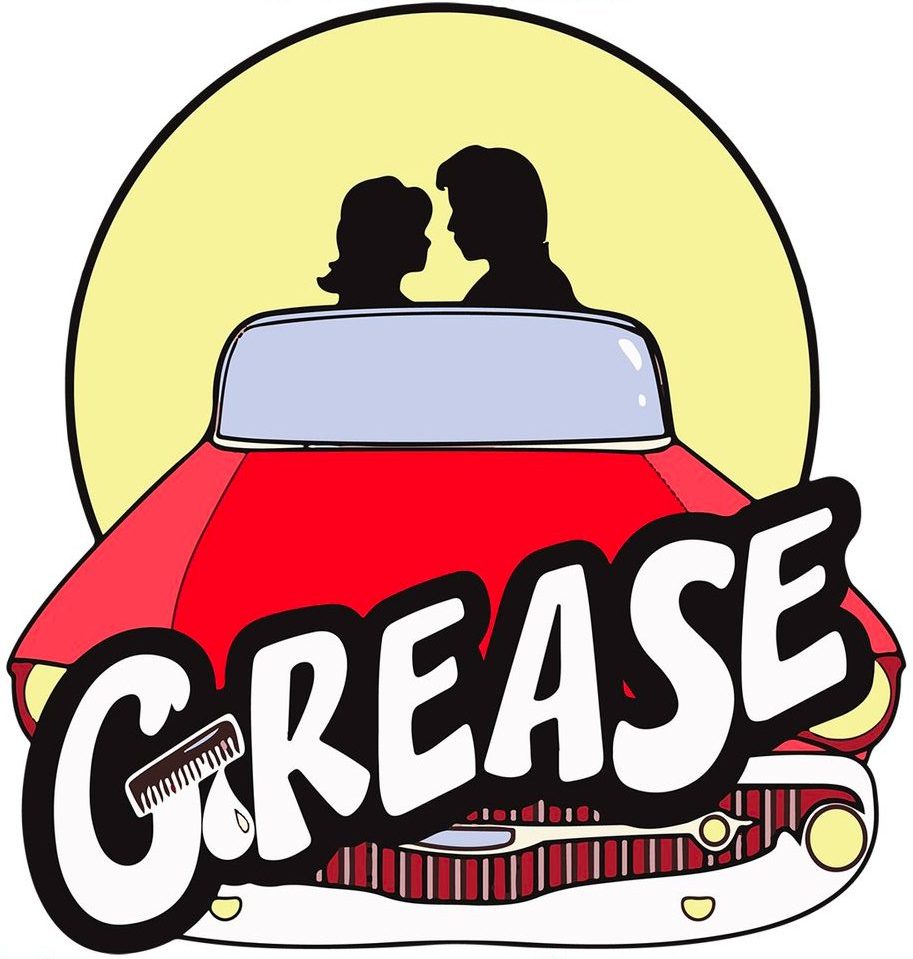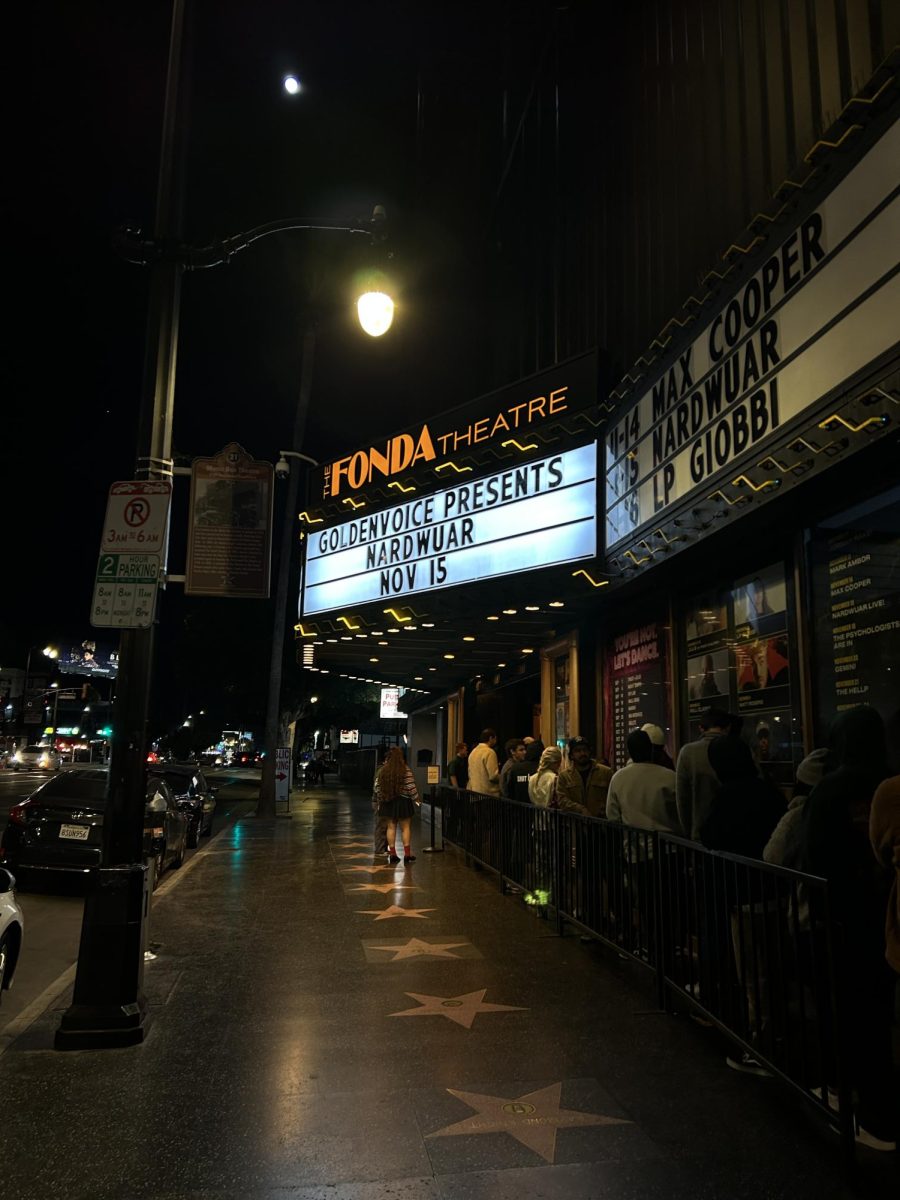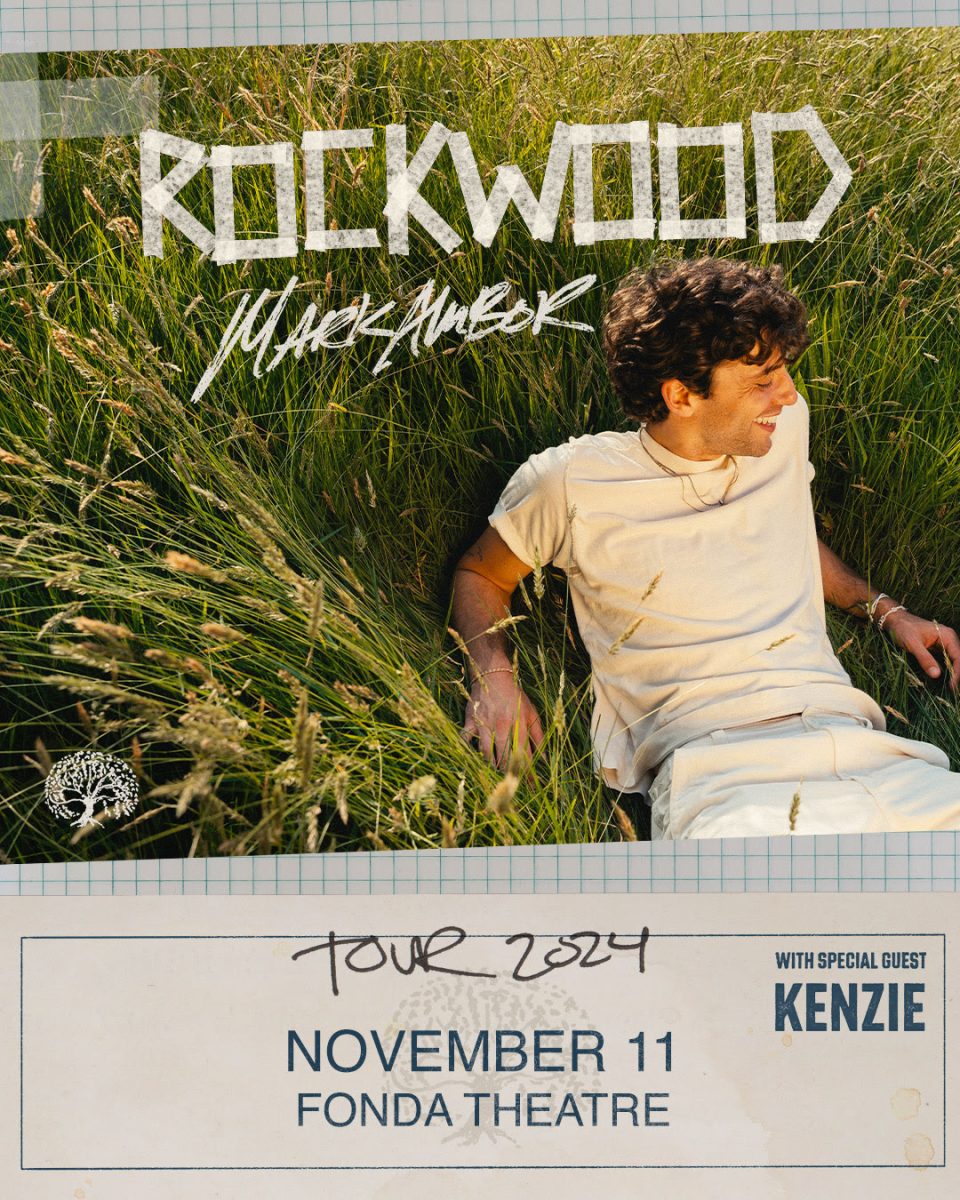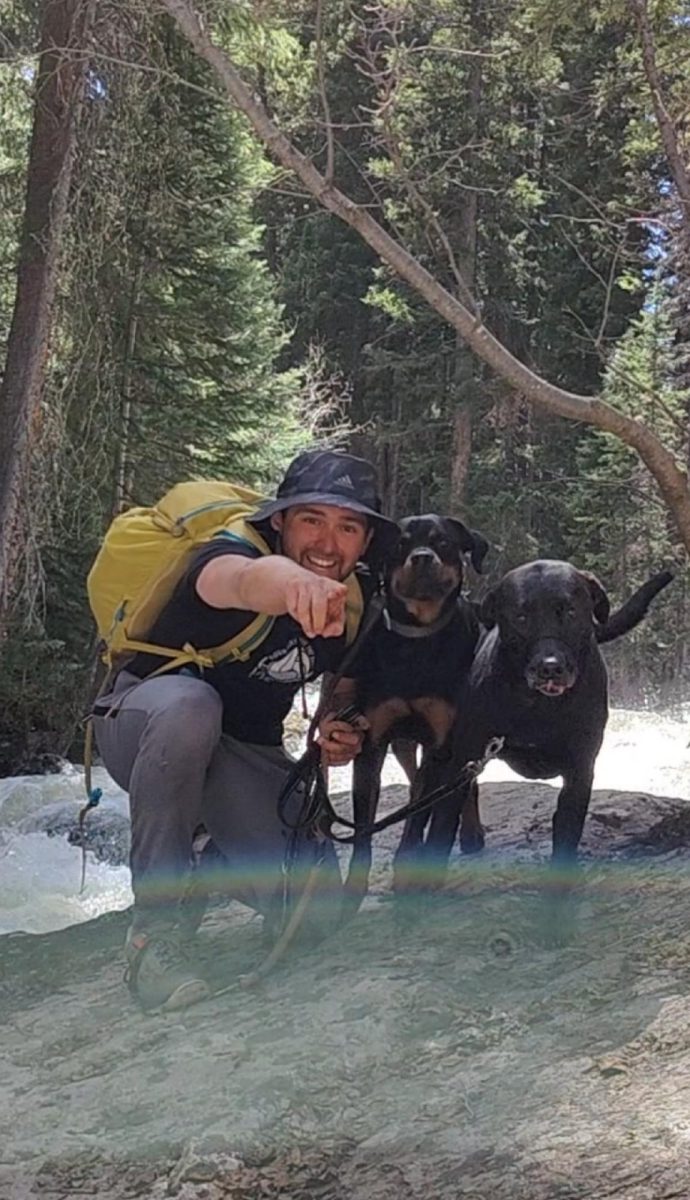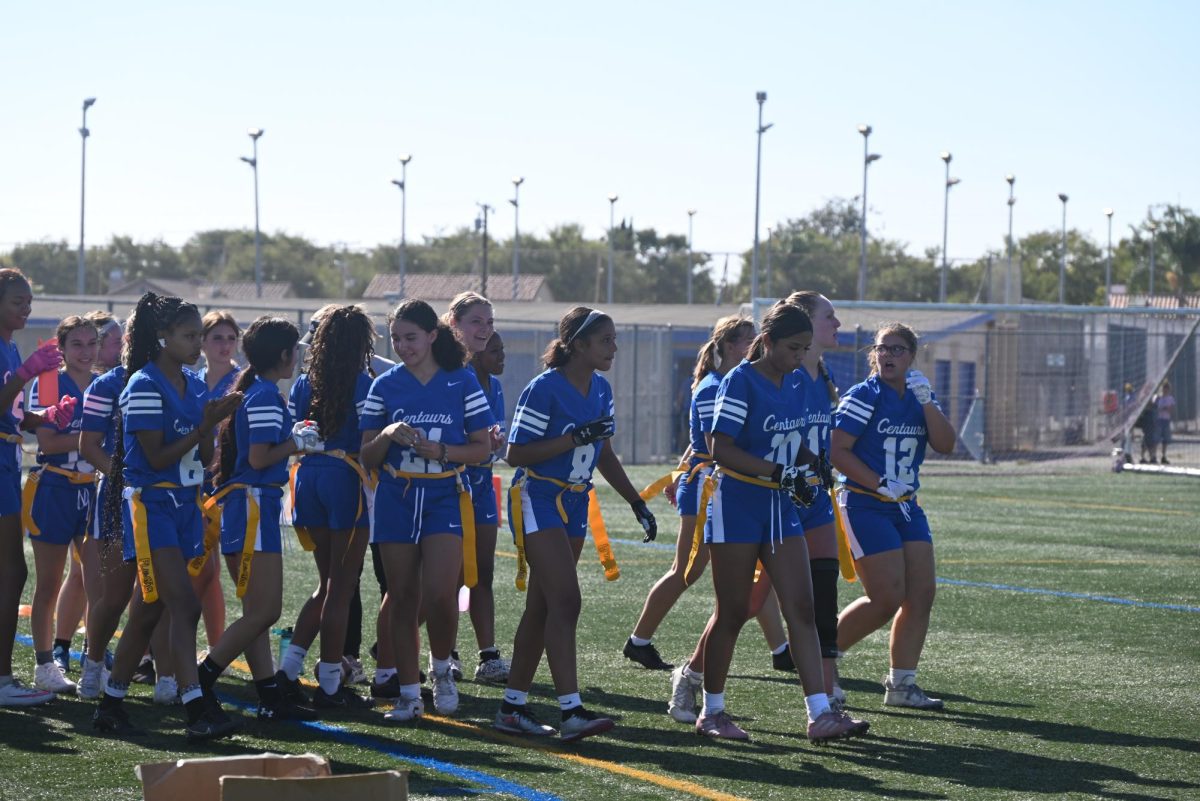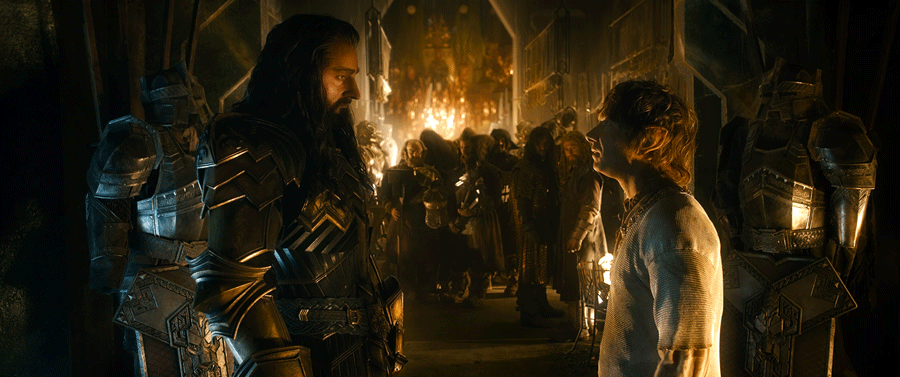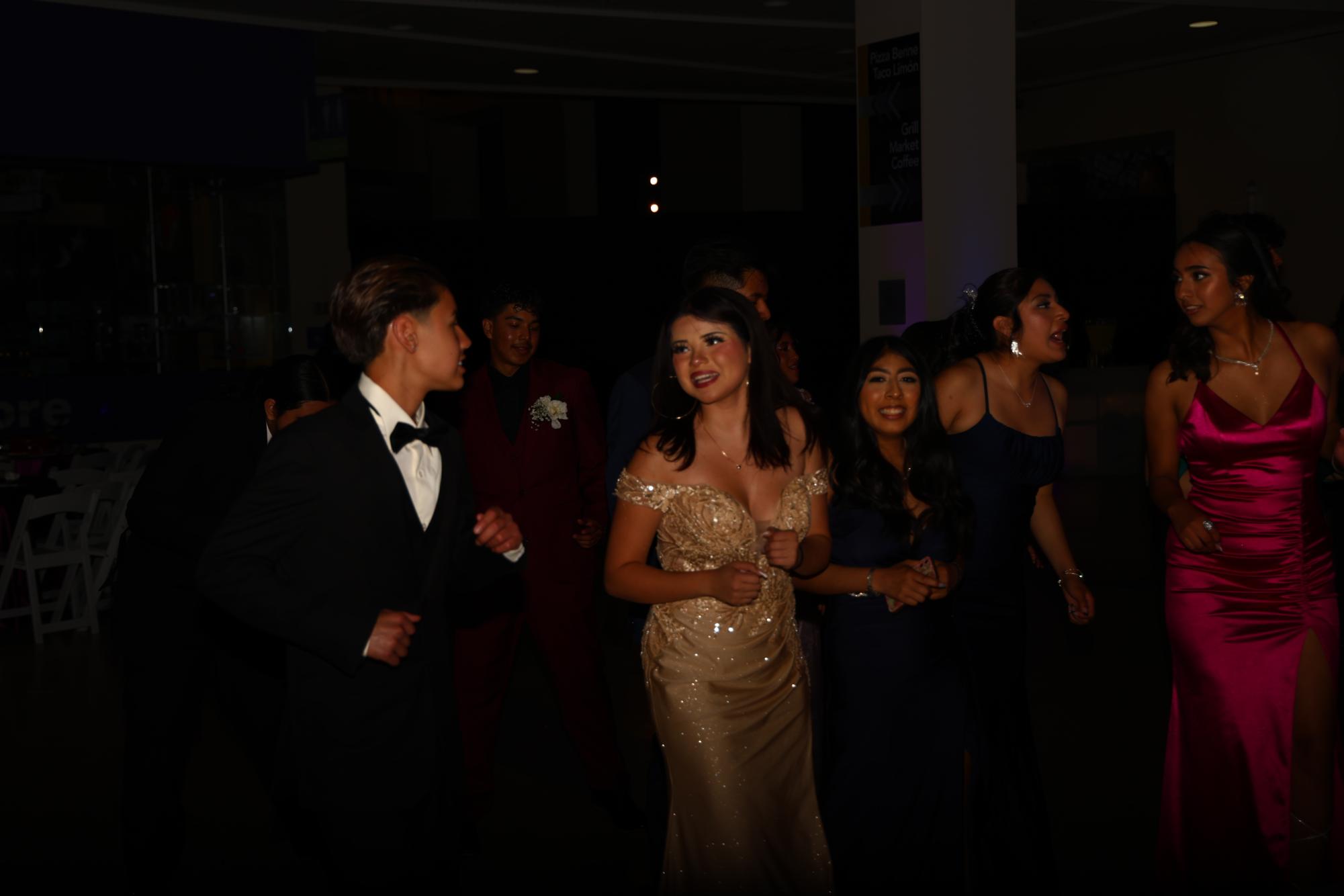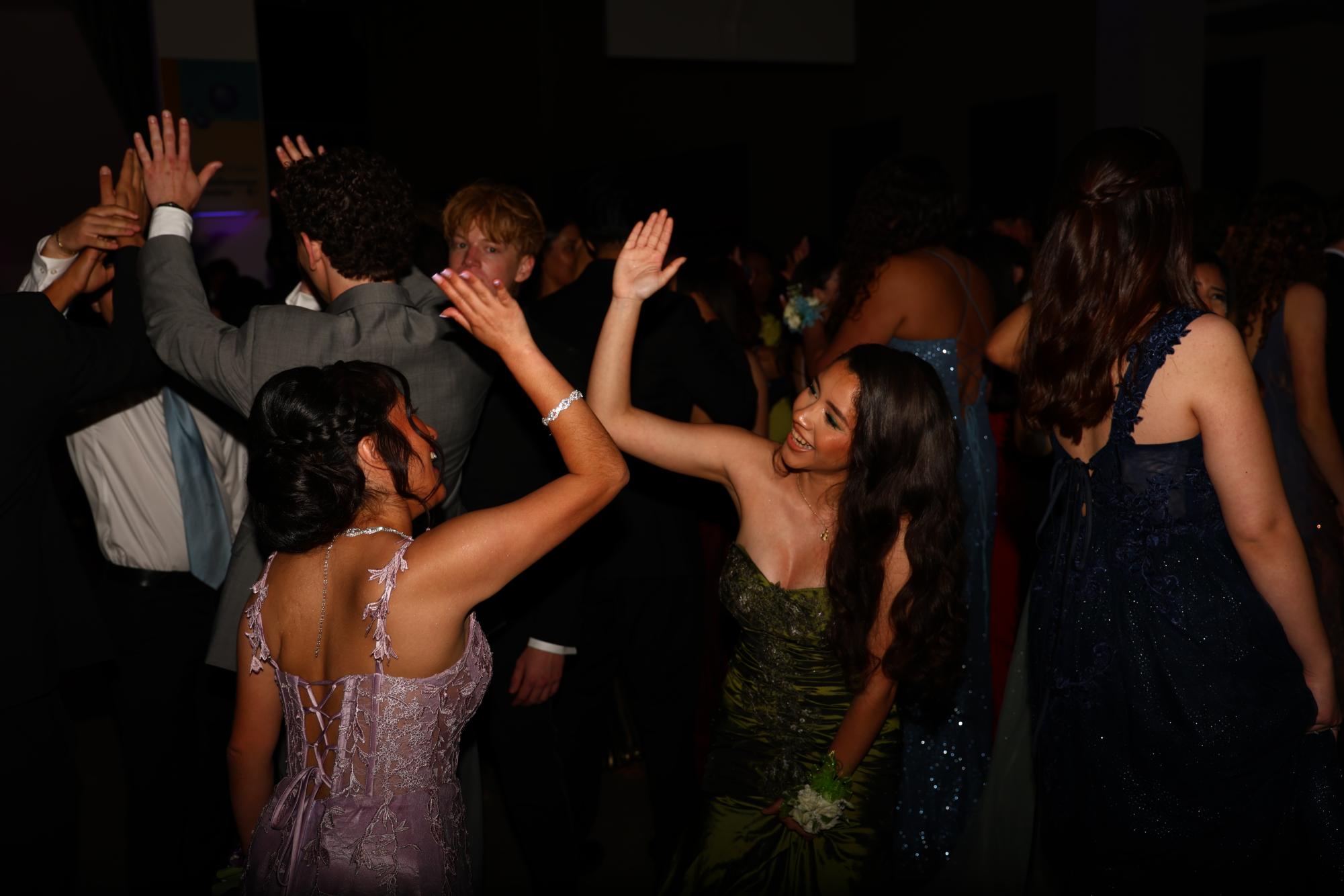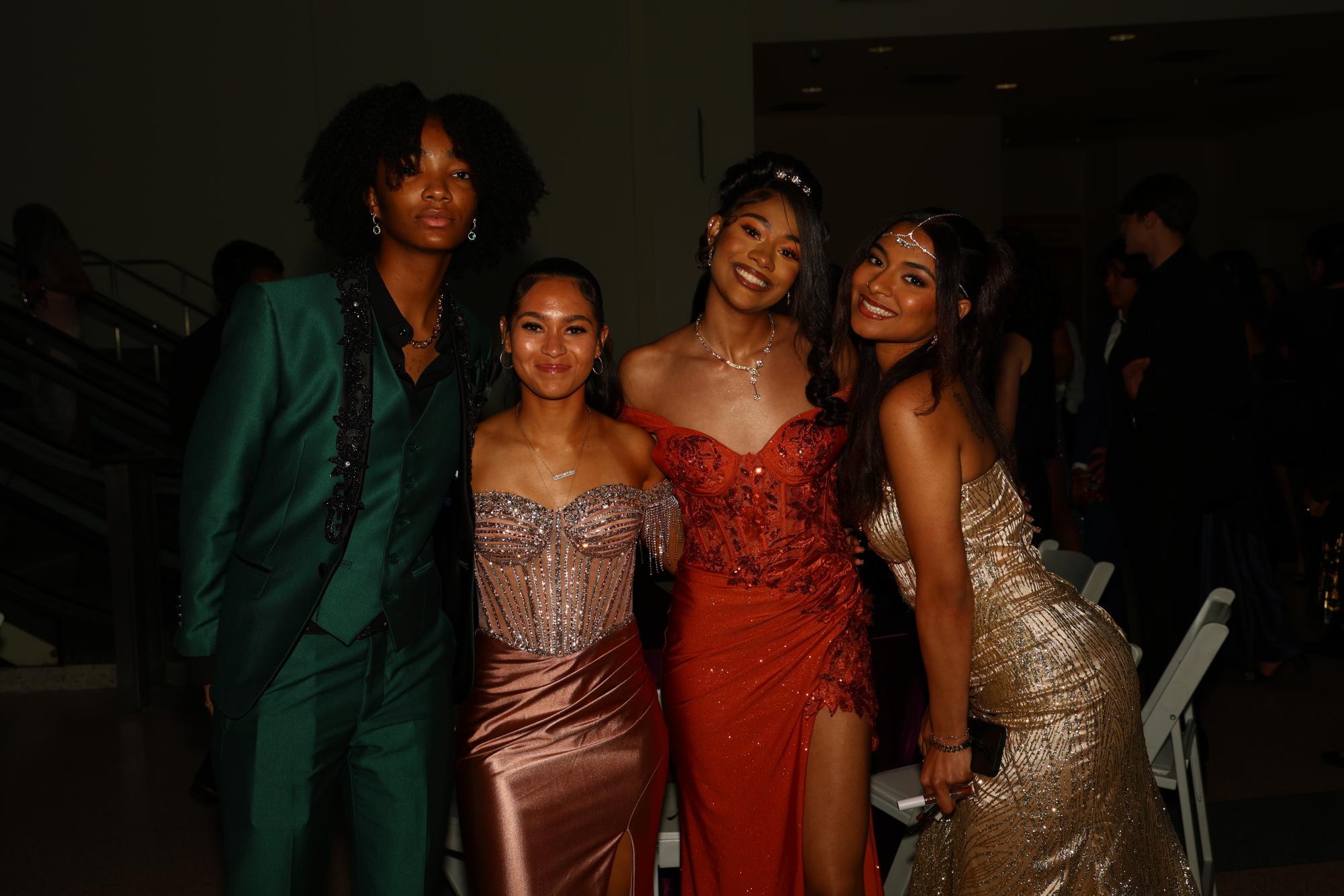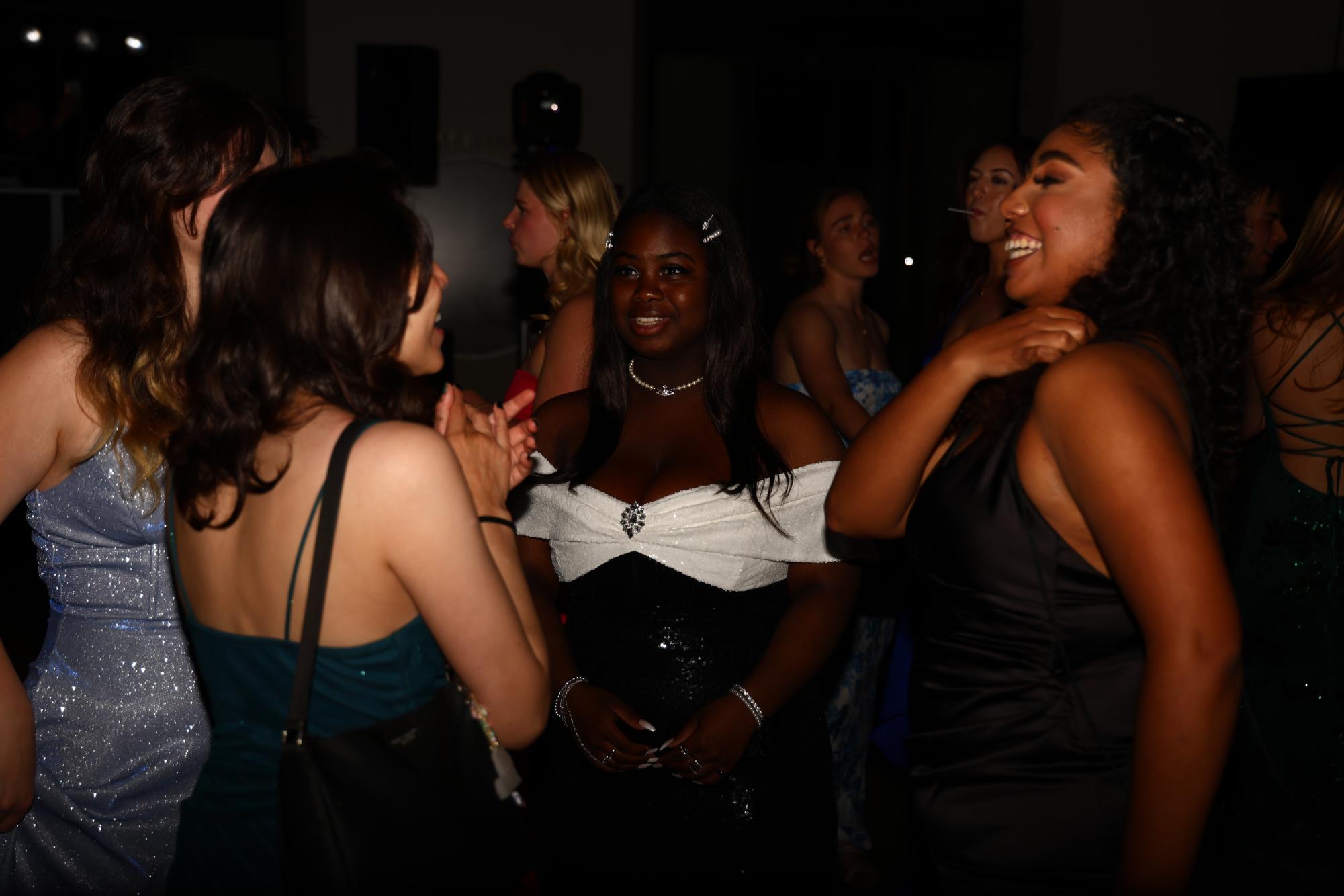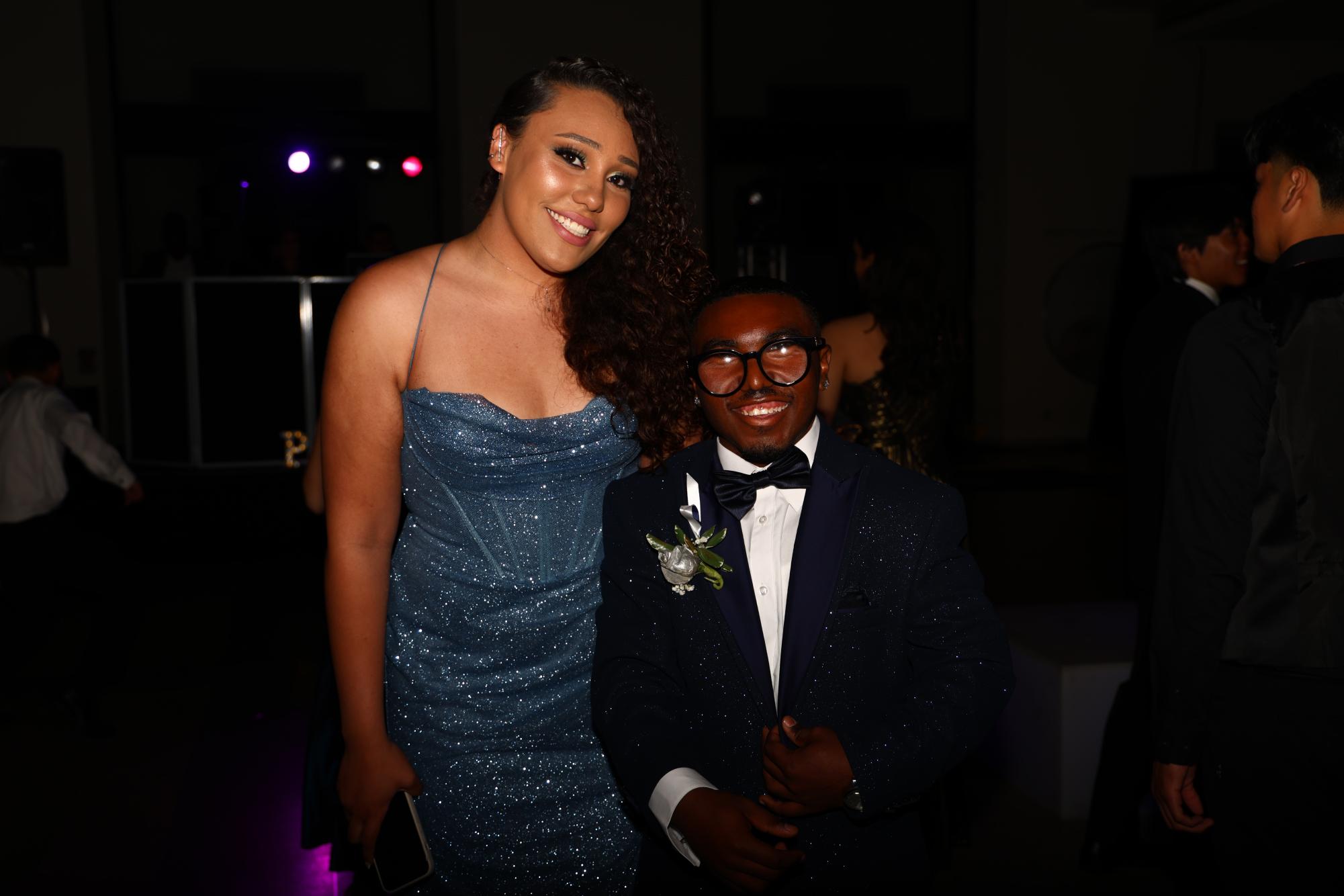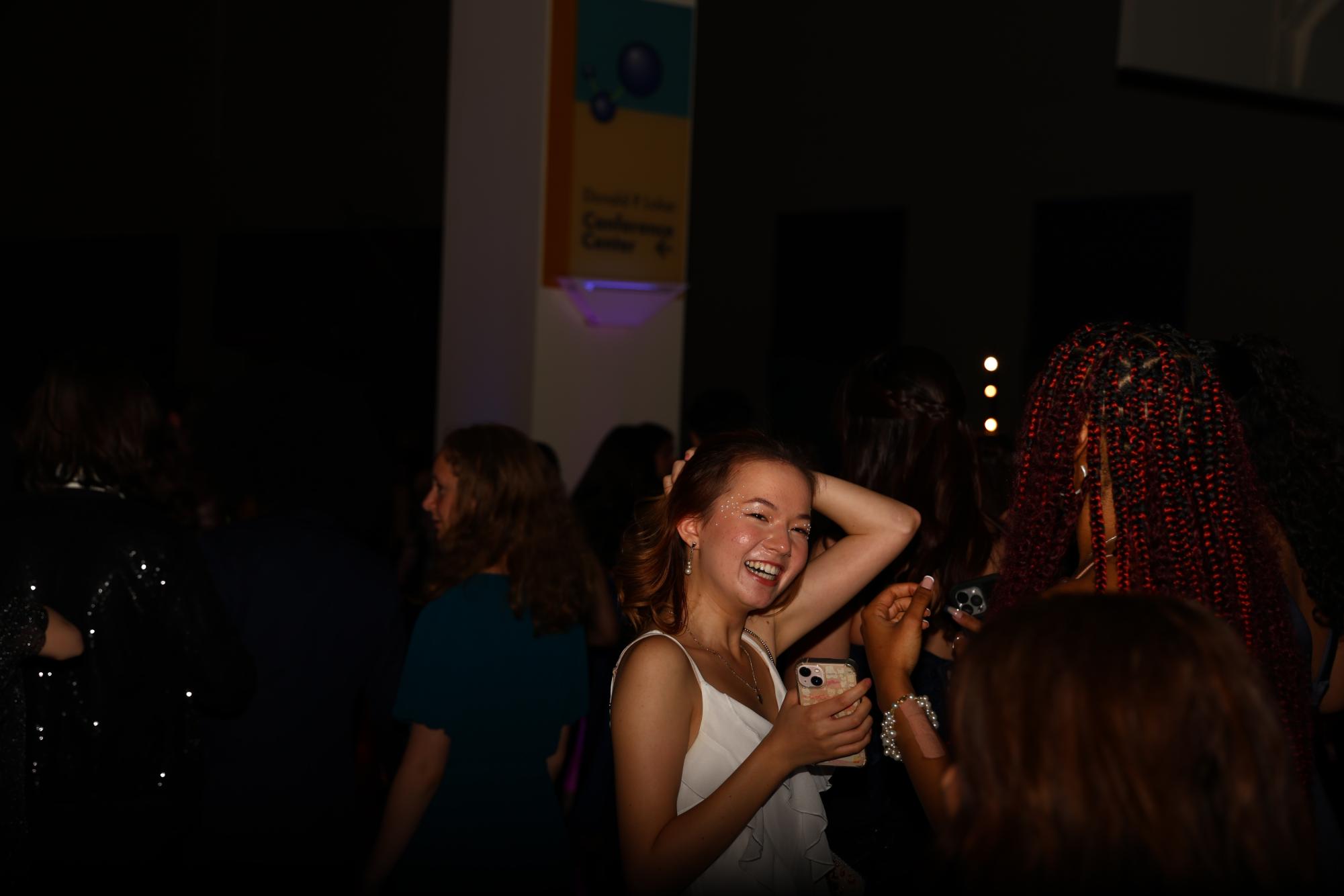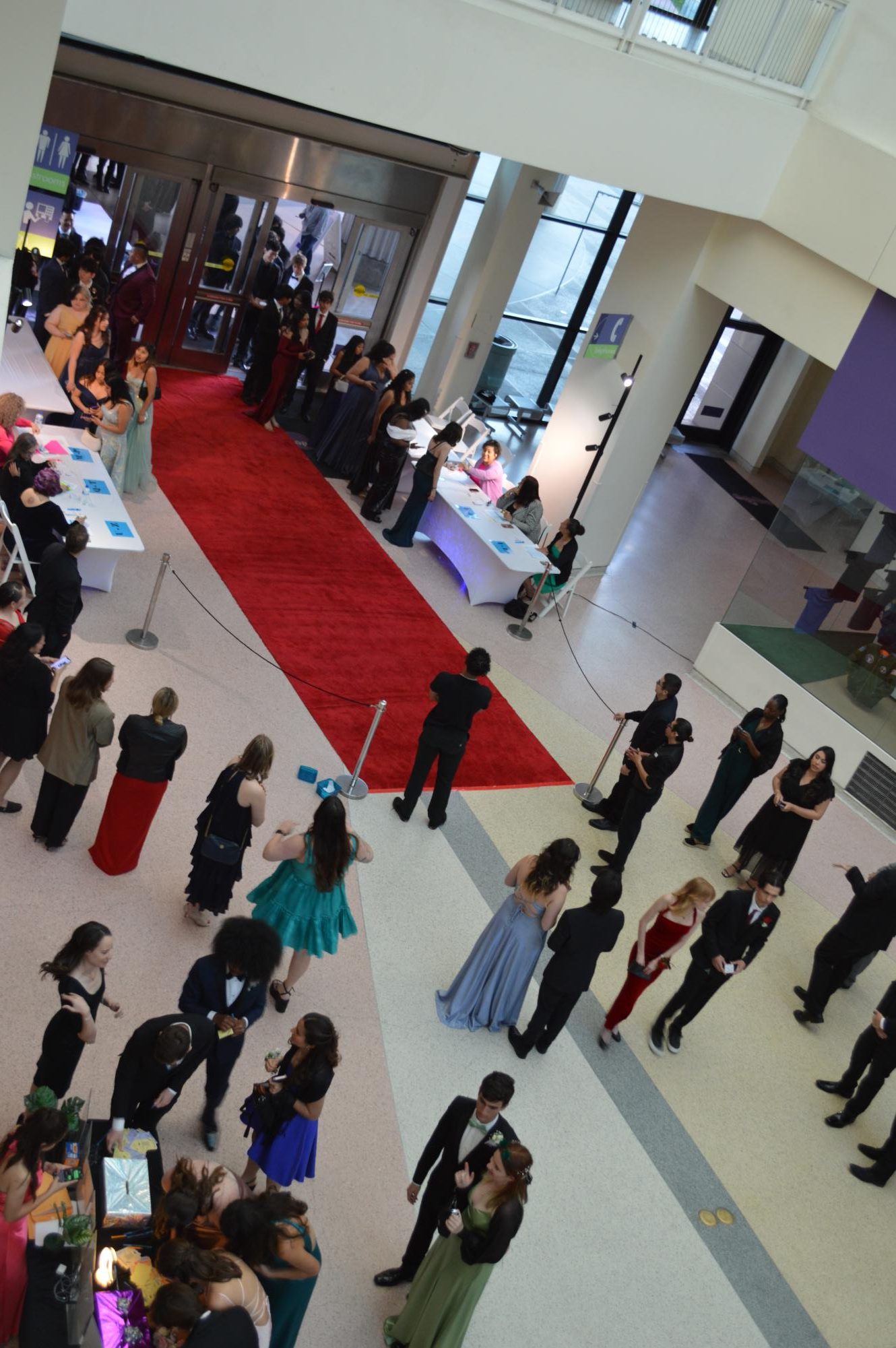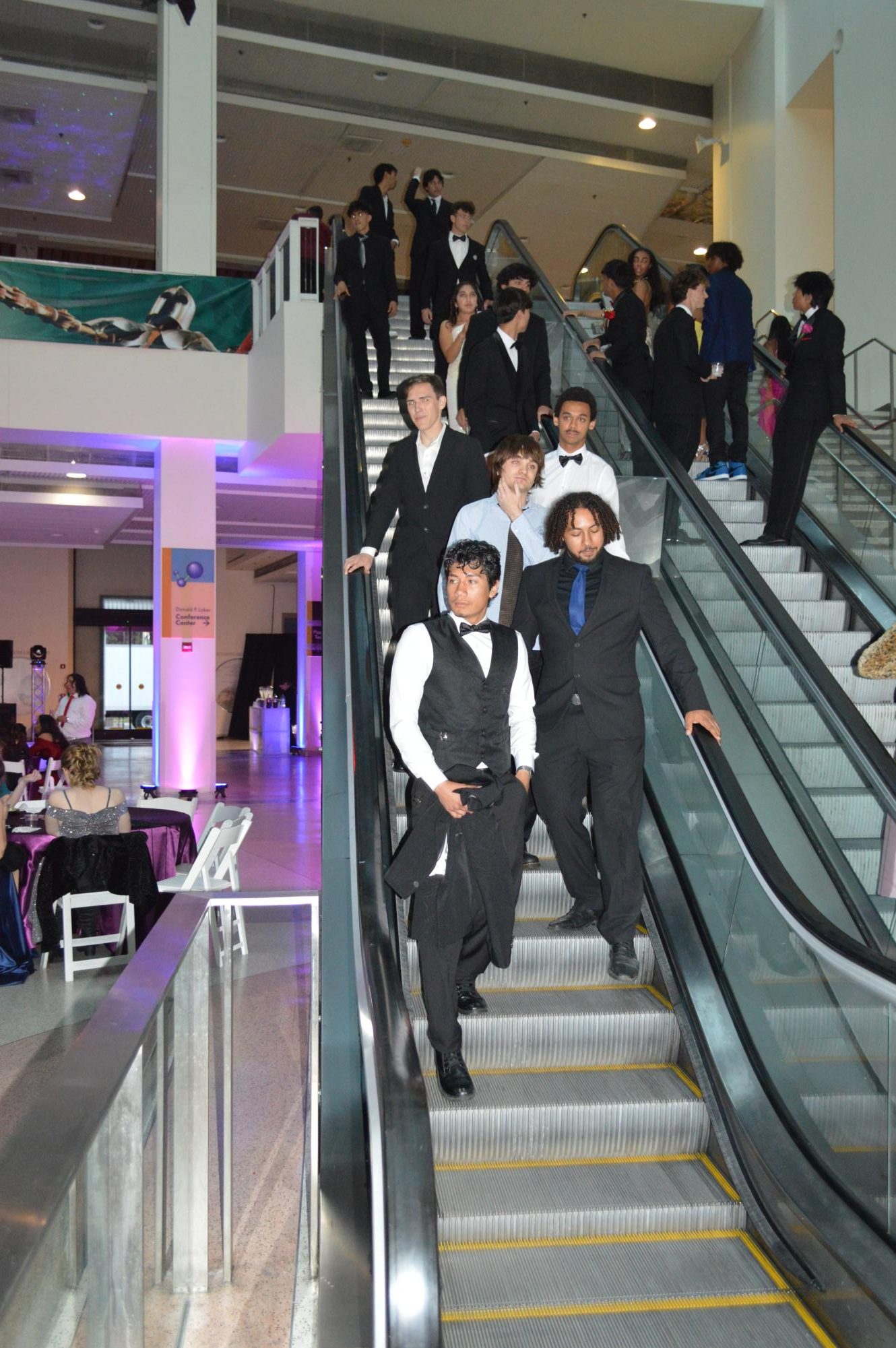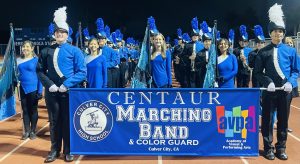There and Back Again: The Battle of the Five Armies
January 12, 2015
The film franchise that began 13 years ago has finally made it there and back again, in a final installment of epic proportions. The Battle of the Five Armies, director Peter Jackson’s last film in the Lord of the Rings-Hobbit series, brings the Middle Earth saga full circle in all the stunning panorama, sumptuous visuals, and sweeping scope that fans have come to expect from the series.
As the film begins, Bilbo Baggins and his company of thirteen dwarves watch in dismay as the dragon they have unleashed in their quest for gold devastates nearby Lake-town. The leader of the company, Thorin Oakenshield, is afflicted with the “dragon sickness,” and refuses to part with any of the dragon hoard, despite the demands of the nearby elf and human kingdoms that also lay legitimate claim to it. As the three sides prepare for war, the wizard Gandalf returns from his struggle with the evil necromancer and urges the three to unite against a common foe: the dark forces under Azog, the goblin.
Any Middle Earth fan who still expects adherence to J.R.R. Tolkien’s slim children’s fantasy novel, The Hobbit, on which Jackson’s three-film Hobbit franchise is loosely based, will no doubt be disappointed by this final installment. Jackson’s Hobbit series is a full-scale epic liberally laced with gory action and twenty-first century humor, not a children’s tale, and you can only enjoy it by viewing it in that mindset.
Even keeping this in mind, the amount of action can be hard to stomach. After minute upon minute of watching Orlando Bloom decapitate orcs, twirl around goblins, and charge in slow motion up falling cascades of stone, one begins to lose sight of the plot line. Over a third of the movie is consumed by battle, and while the plot obviously requires a good deal of fighting, the gory detail and unremitting quality of the battle scenes can be overwhelming.
In most of the scenes not taken up by slaughter, however, the characters prove to be engaging and the dialogue, more often than not, hits the mark. Martin Freeman’s quirky and lovable mannerisms make his Bilbo a memorable and distinctive central character, and Richard Armitage’s Thorin is considerably more relatable than his proud and distant book counterpart. Thorin’s madness, and his recovery, are compelling, and watching Thorin’s and Bilbo’s relationship develop is particularly interesting.
The film is a veritable visual feast. From rooftops blazing with dragon-fire under a cloudy night sky, to seemingly endless armor-clad legions stretching as far as the eye can see, to mounds of glittering dragon gold, snow-capped mountains and frozen waterfalls, Jackson succeeds in building a world alternate to our own, a world that is beautiful and sweepingly majestic.
As Bilbo begins his journey homeward, we see shot after shot of this magnificent world, and when the young Bilbo becomes the old hobbit preparing for his one hundred and eleventh birthday, we truly feel that we have been there and back again.










